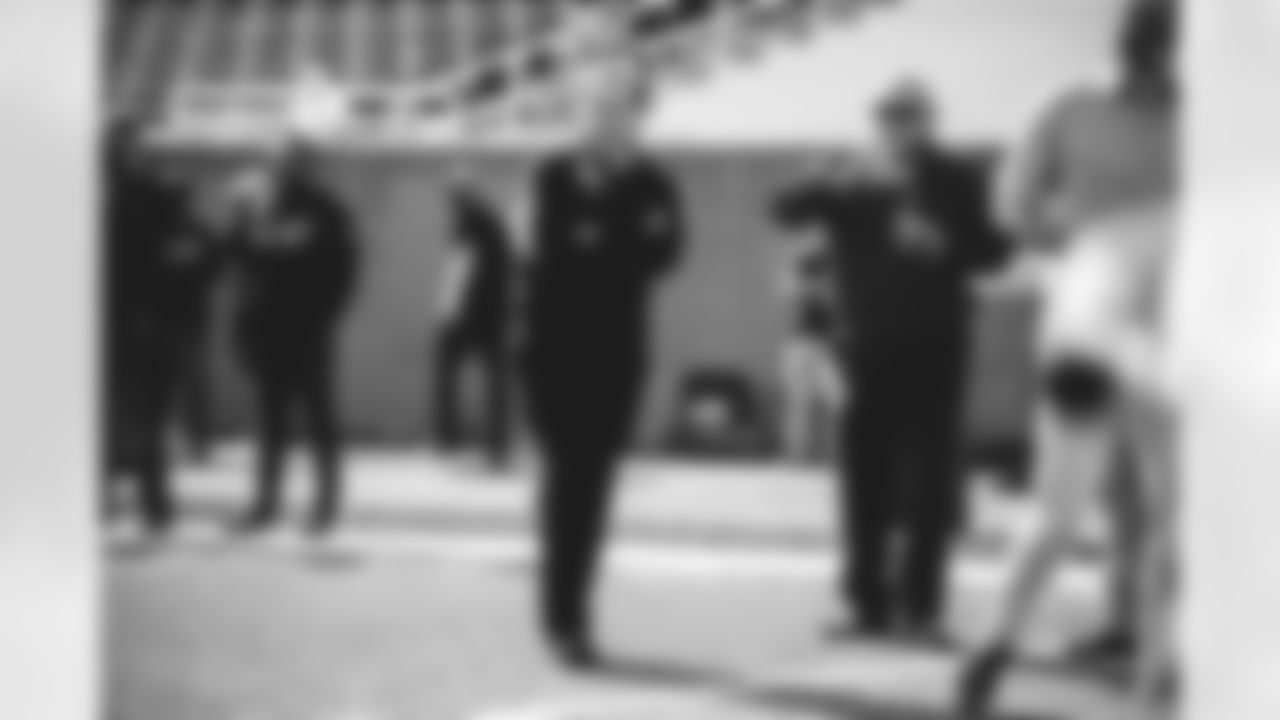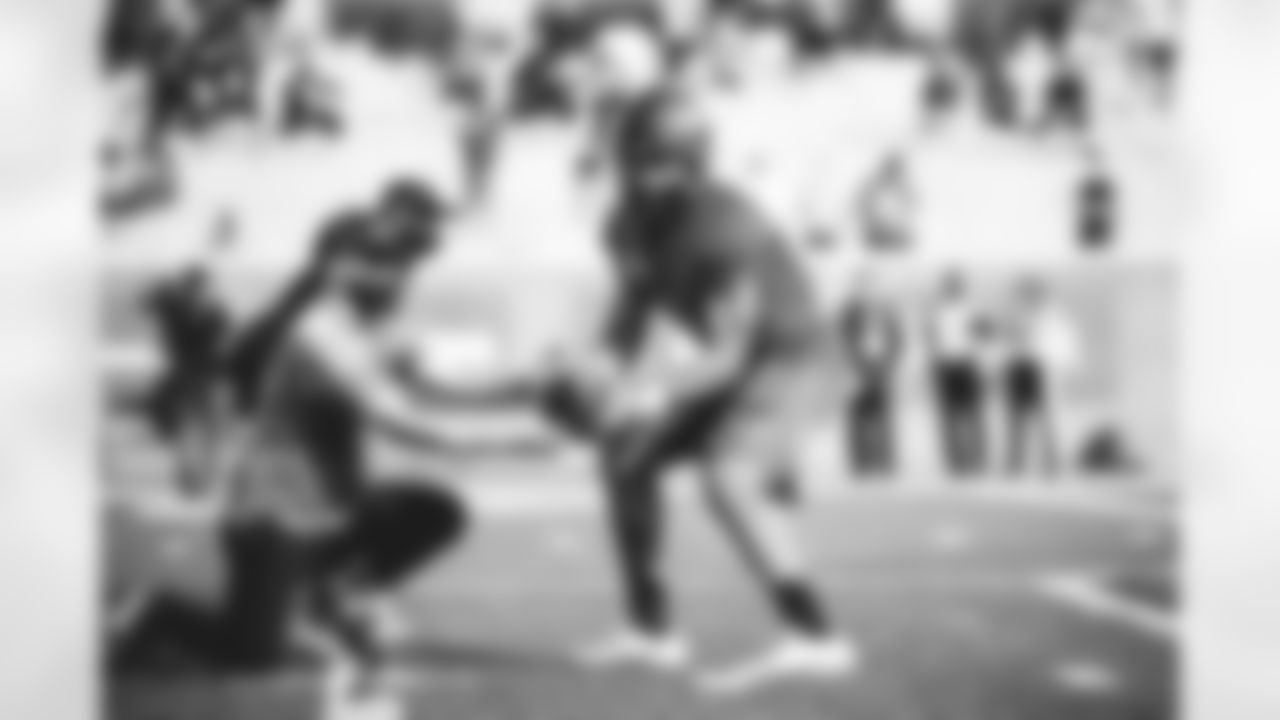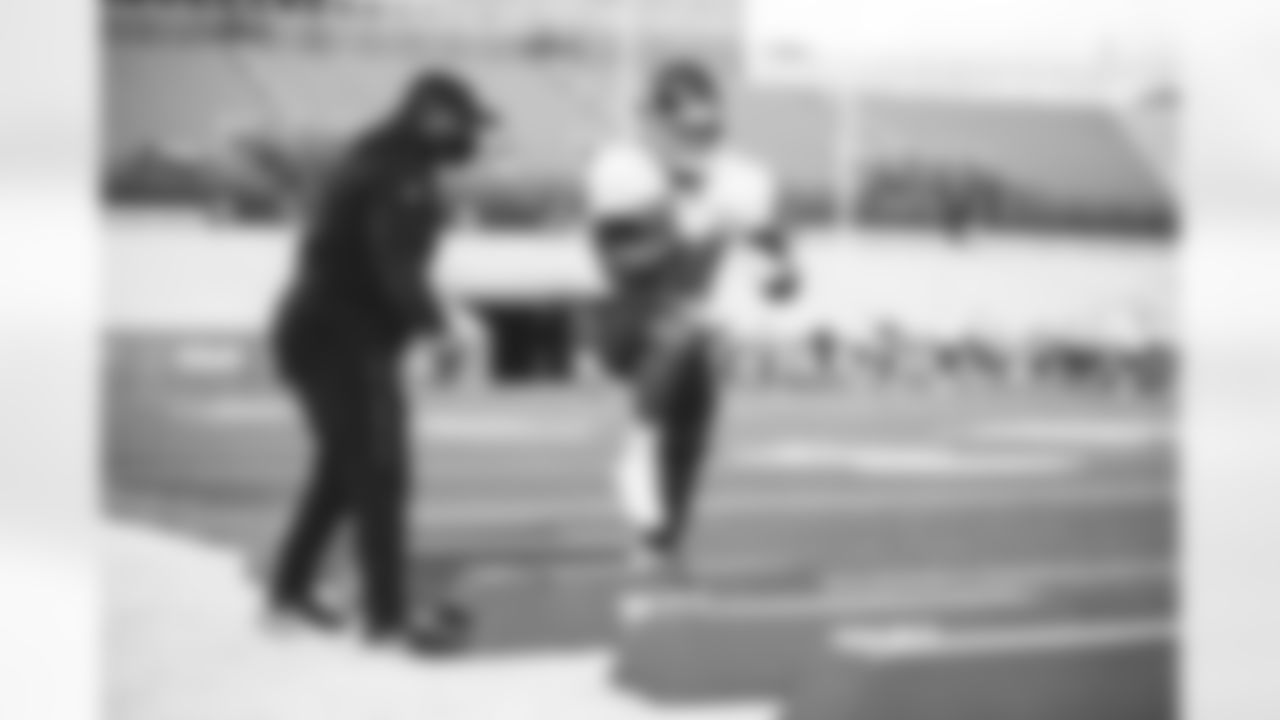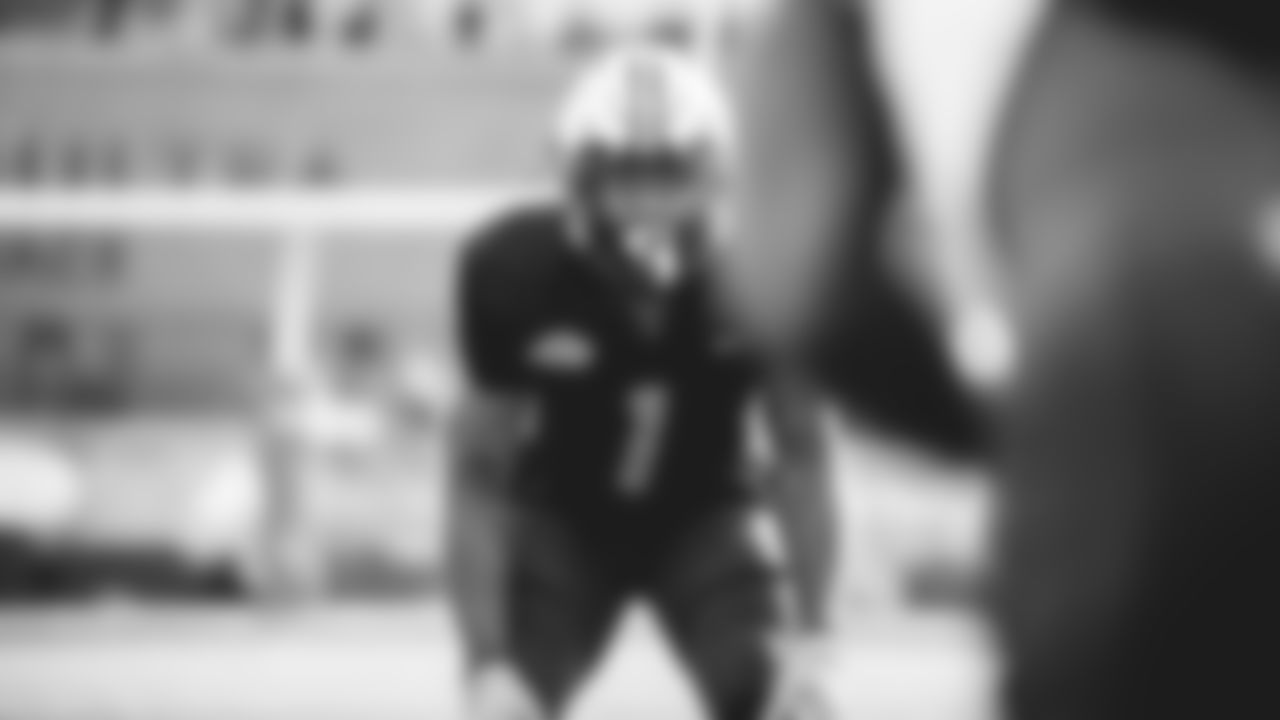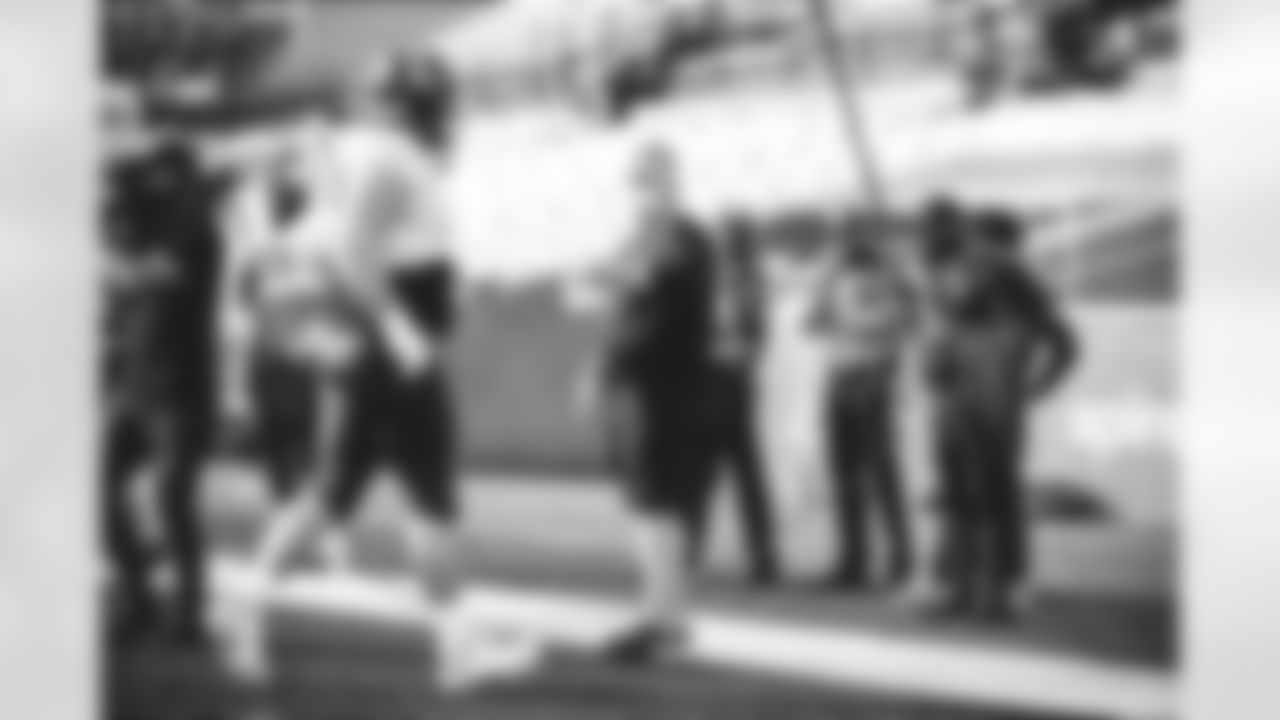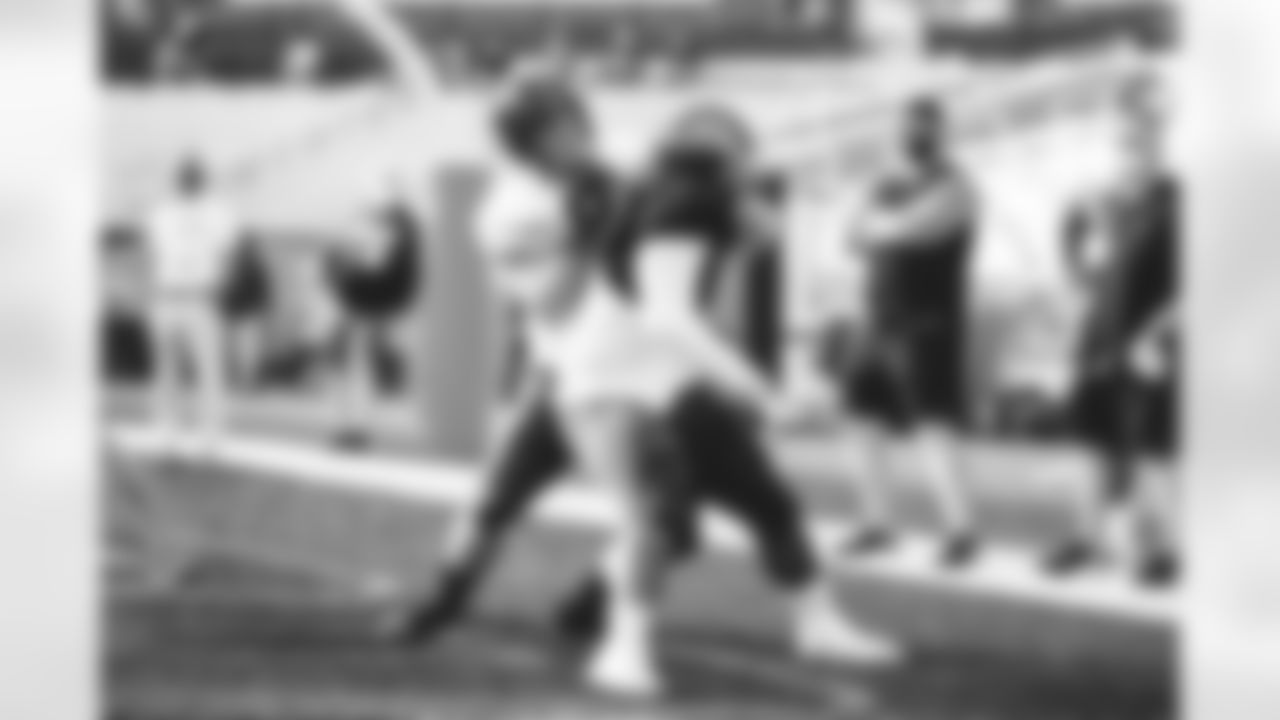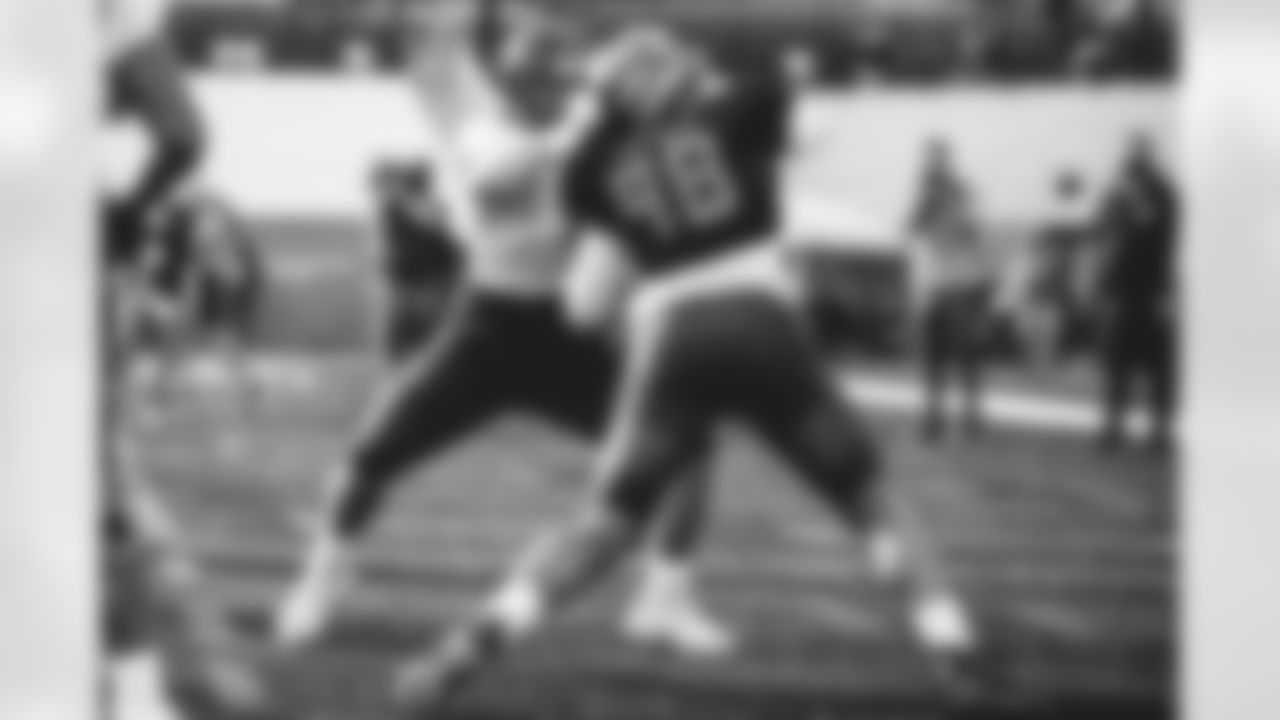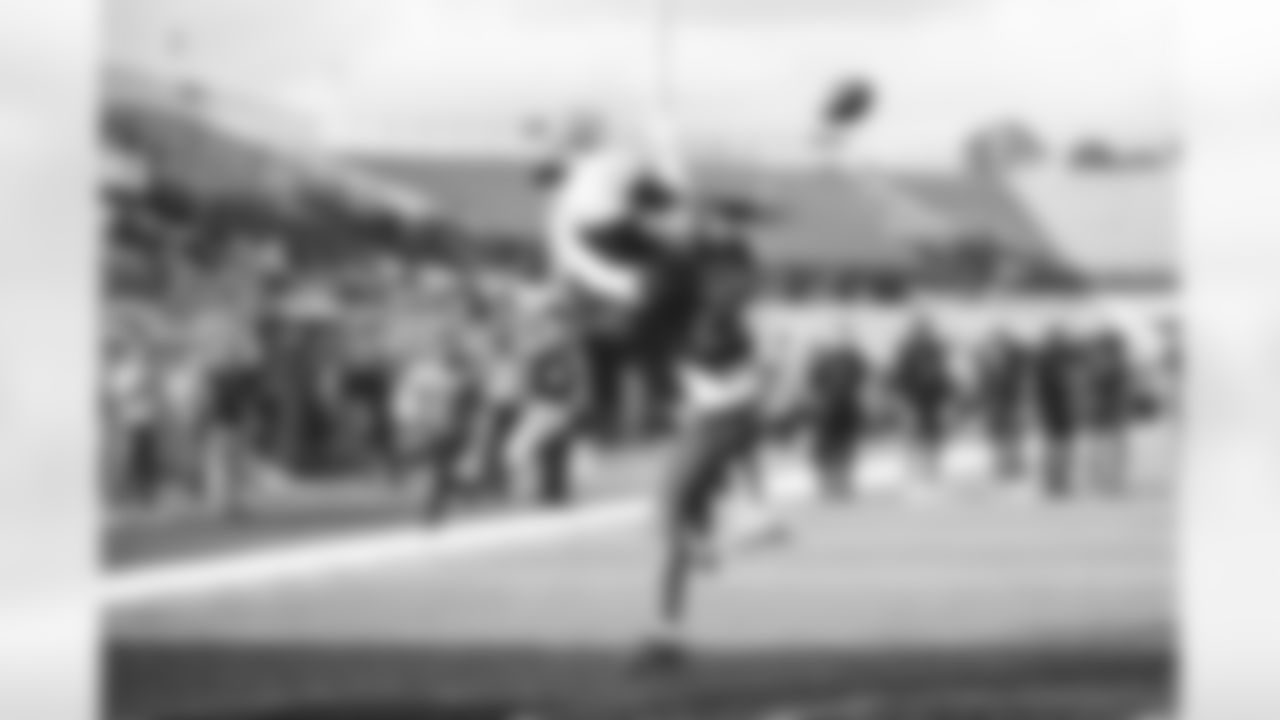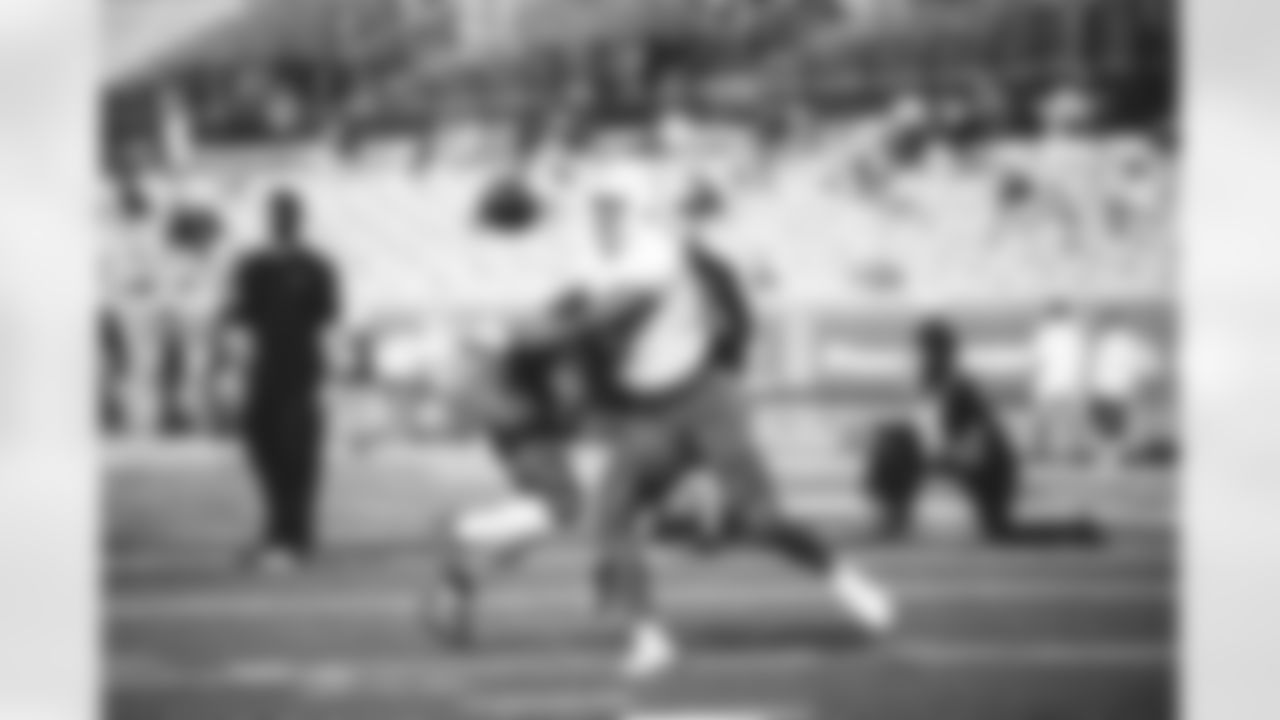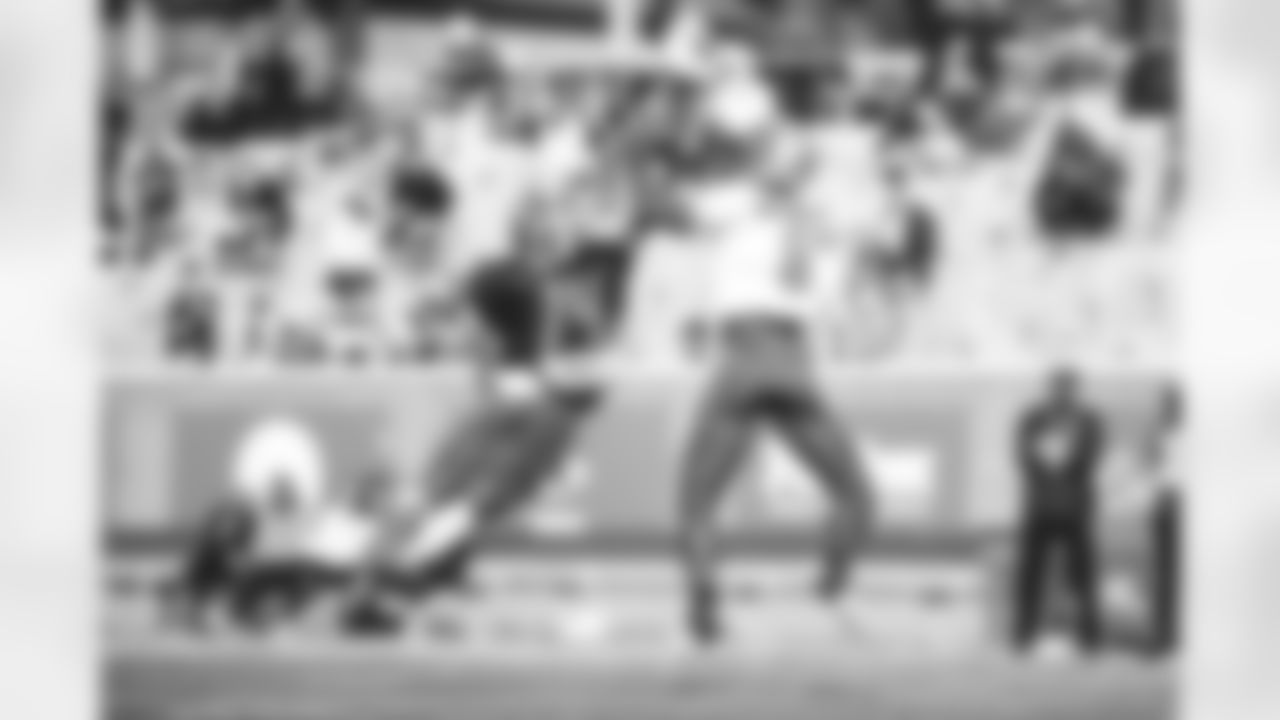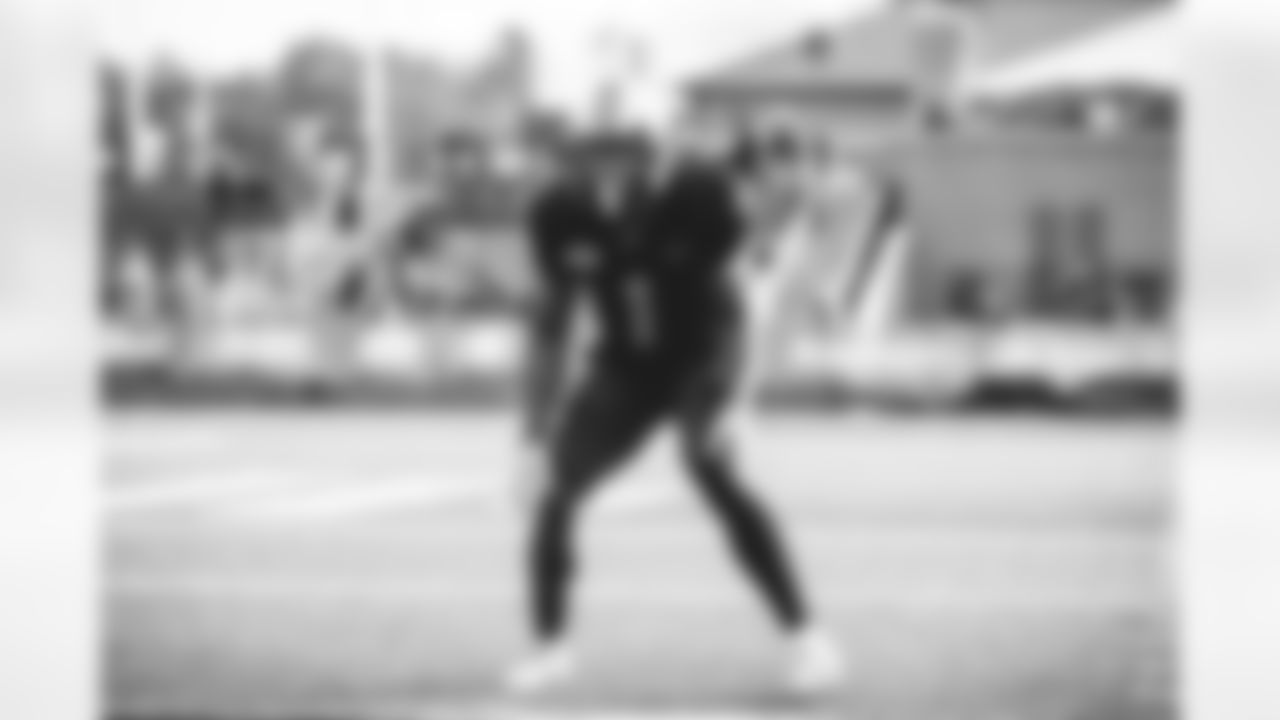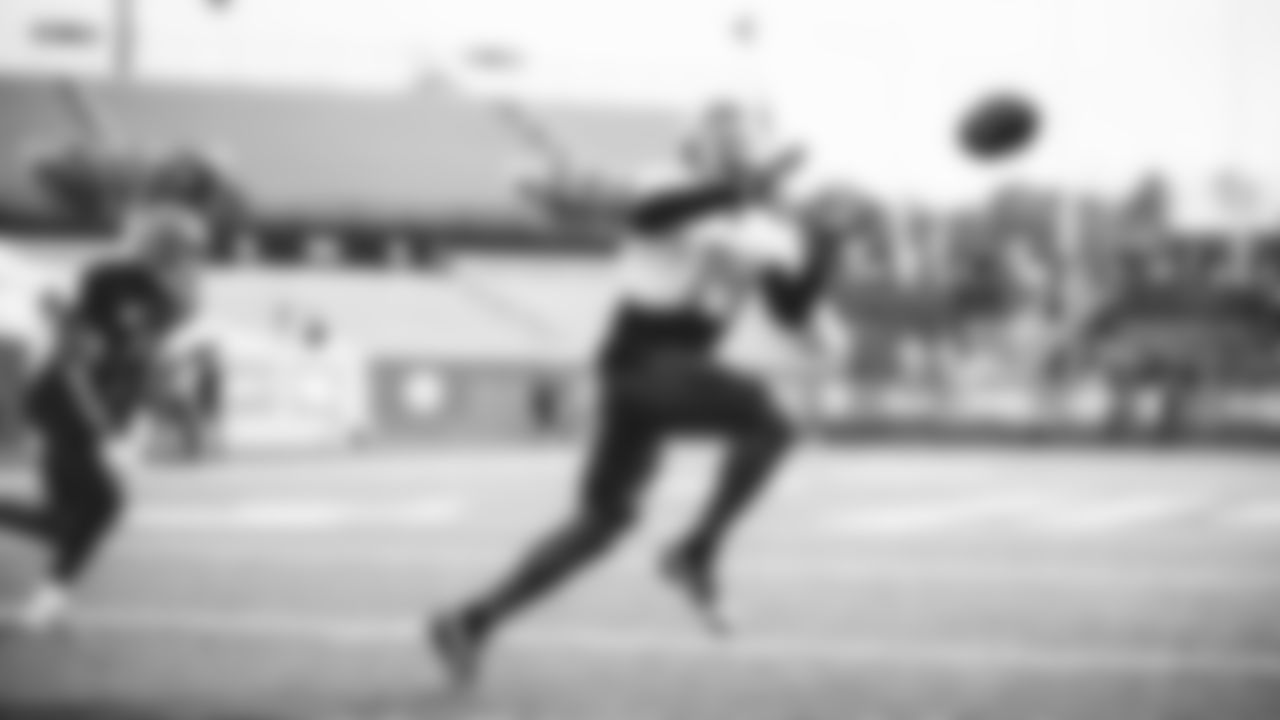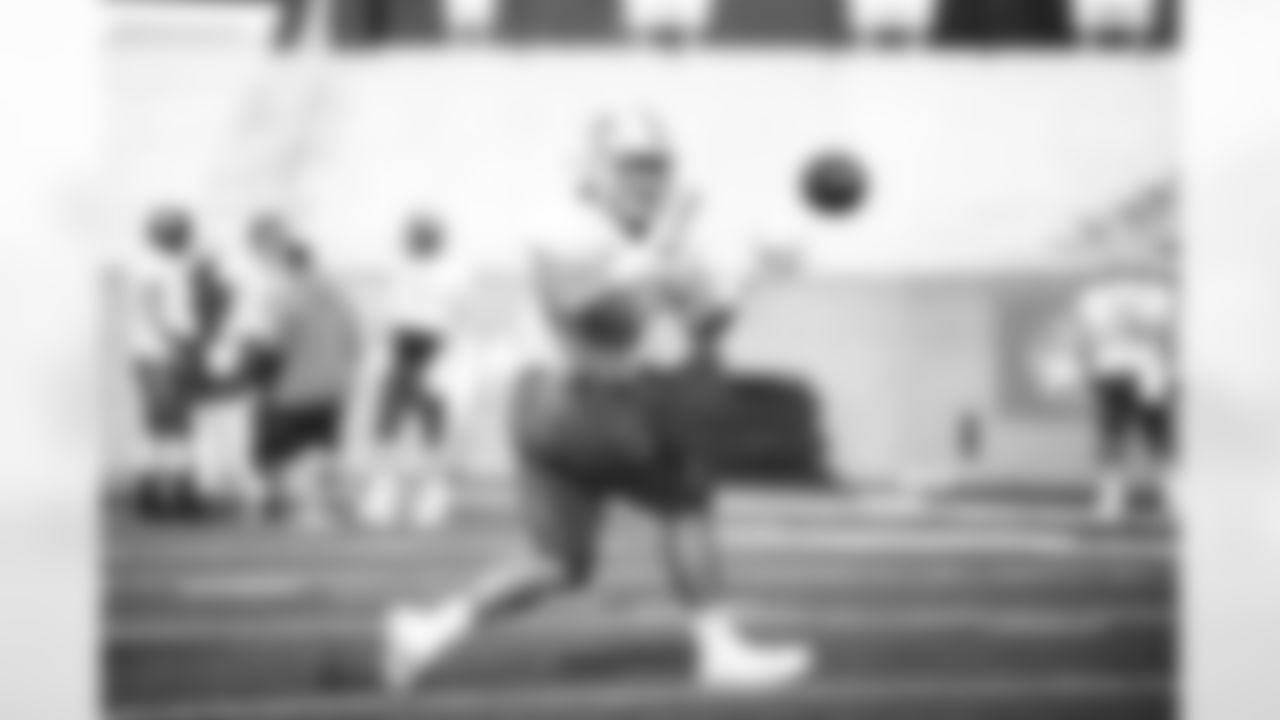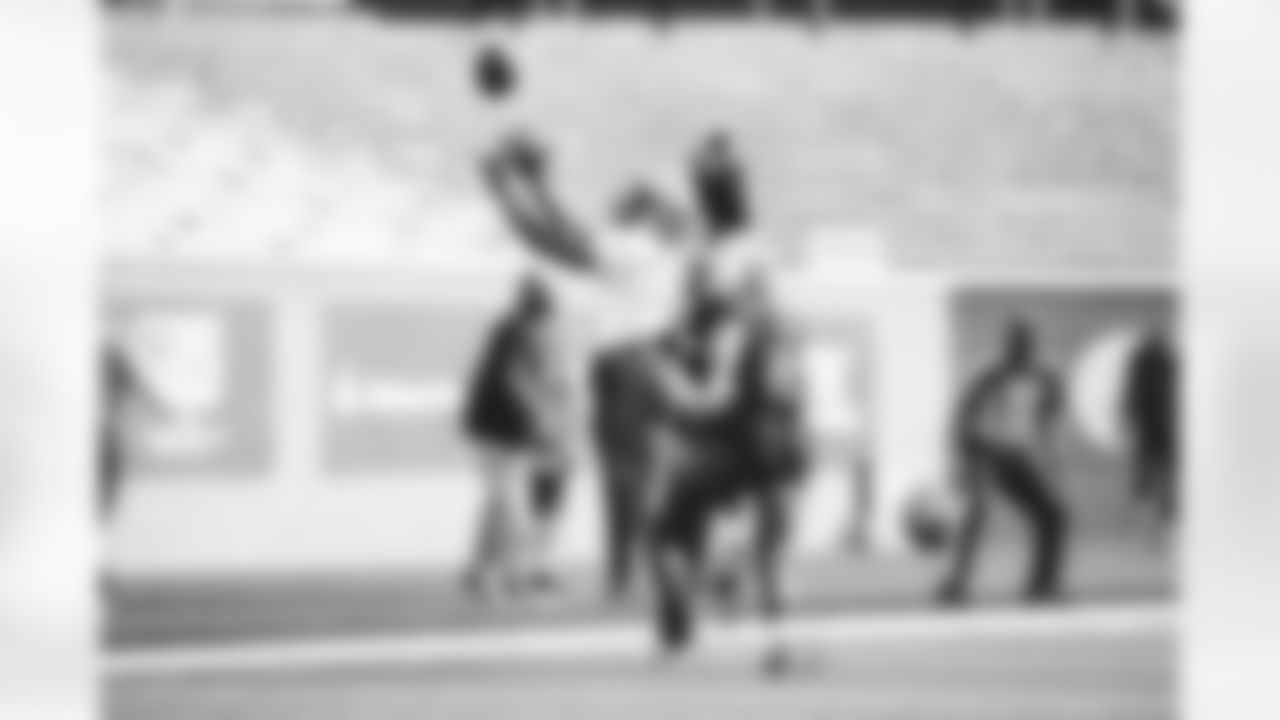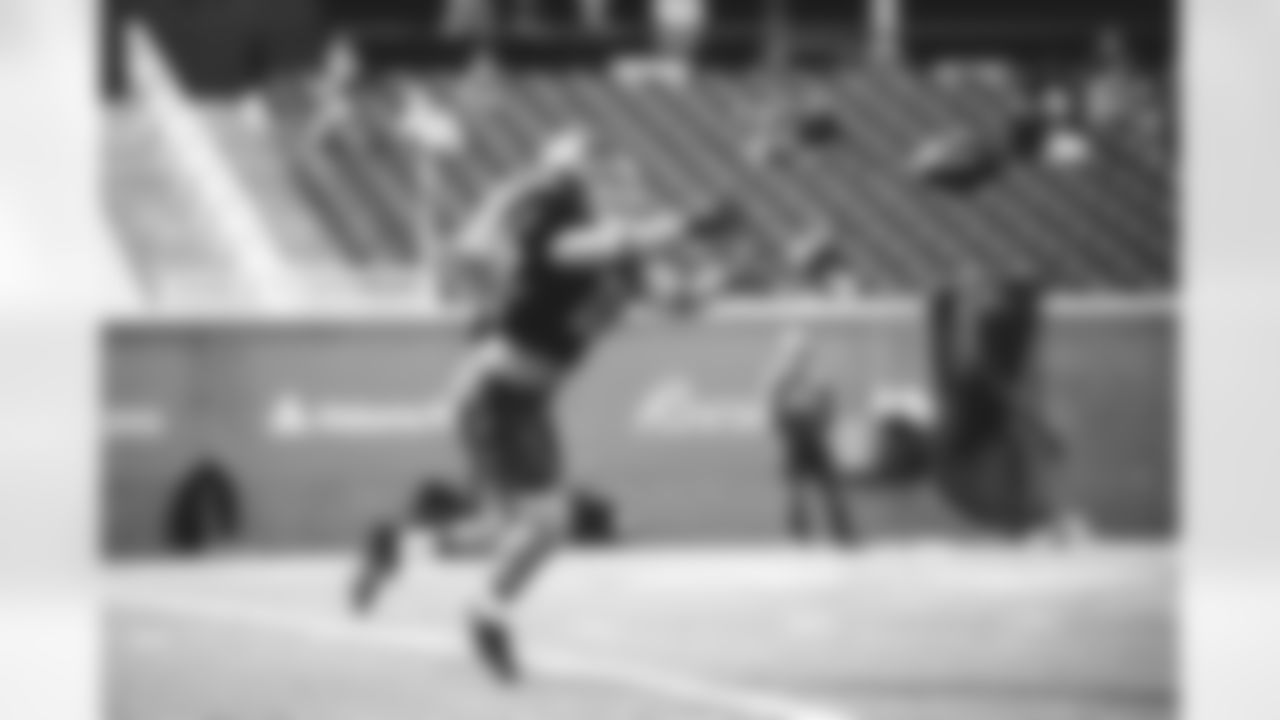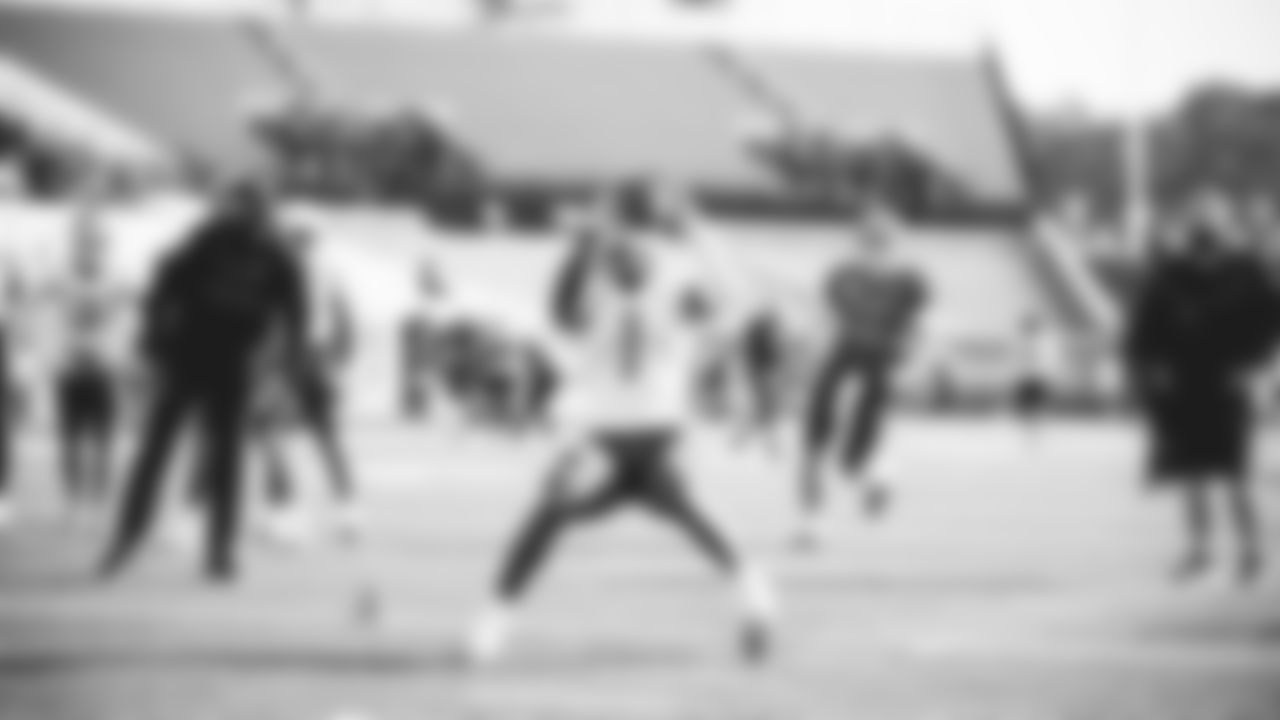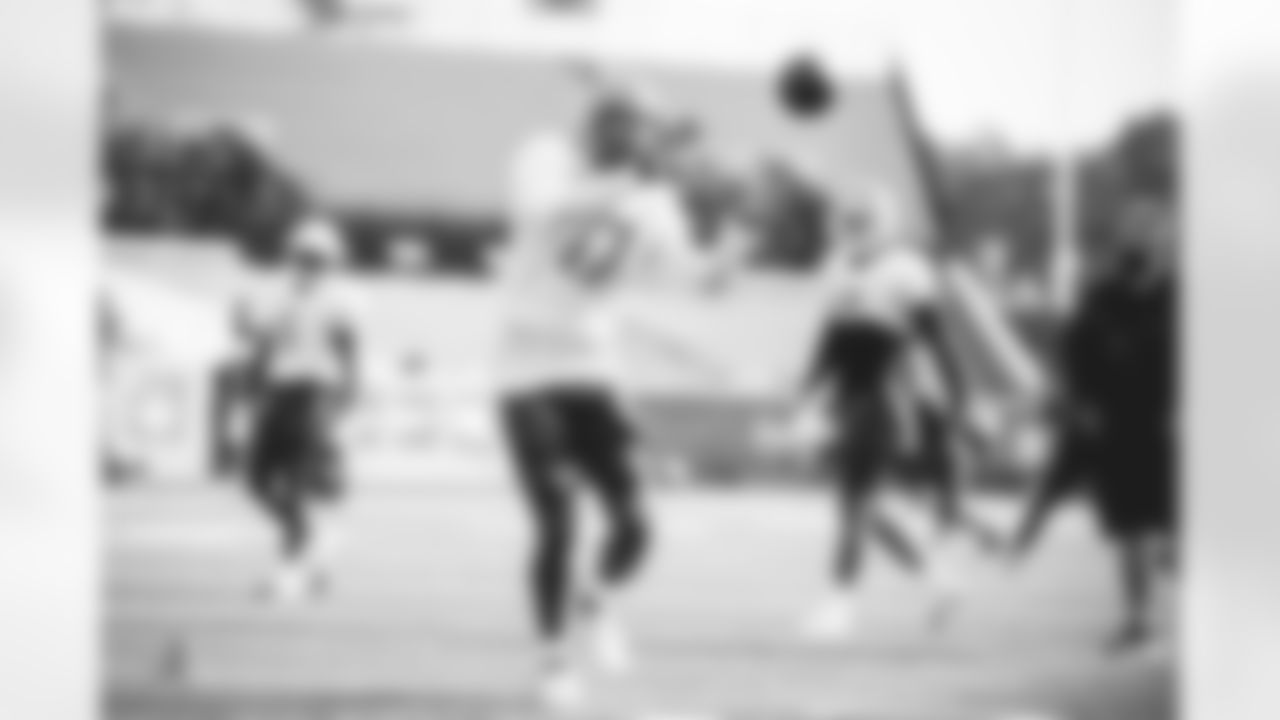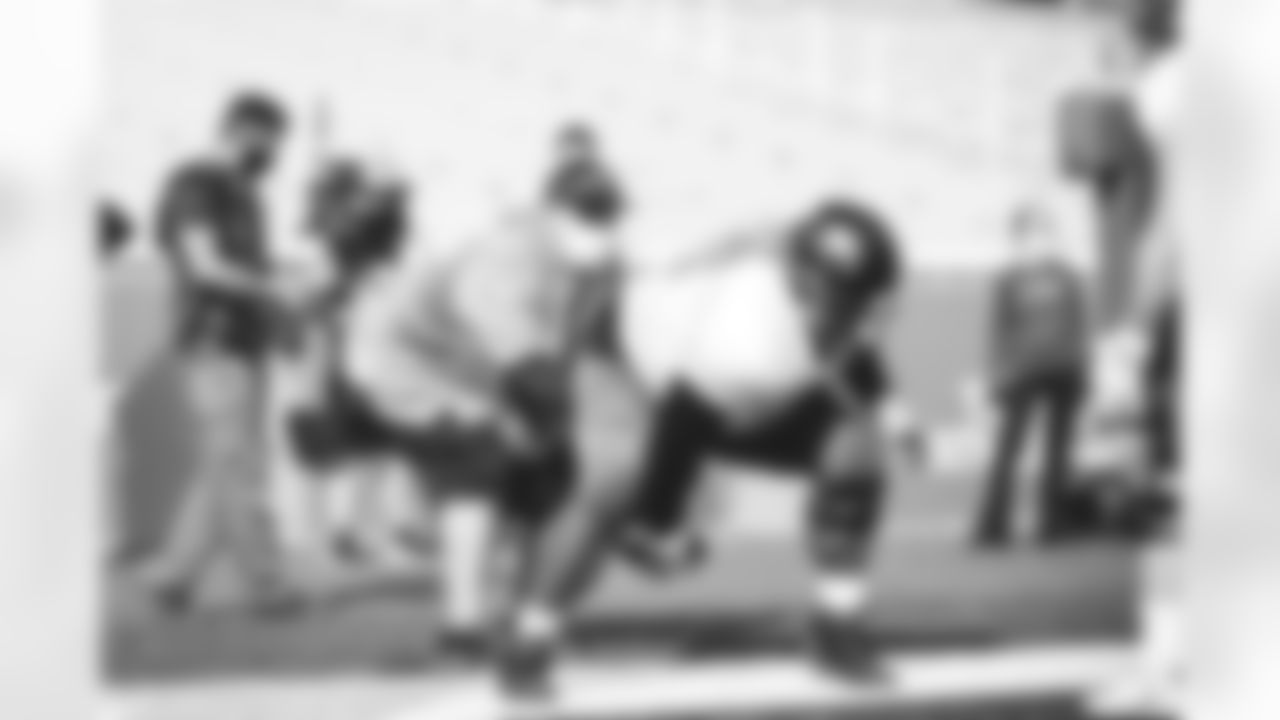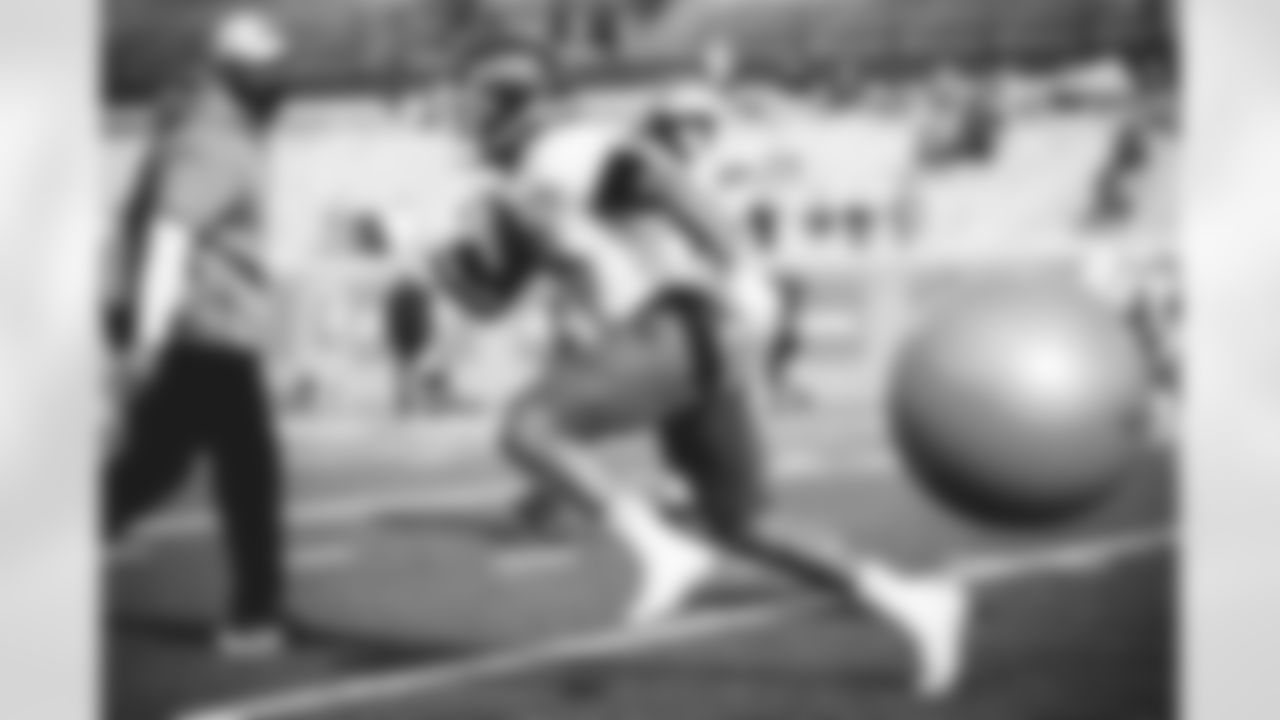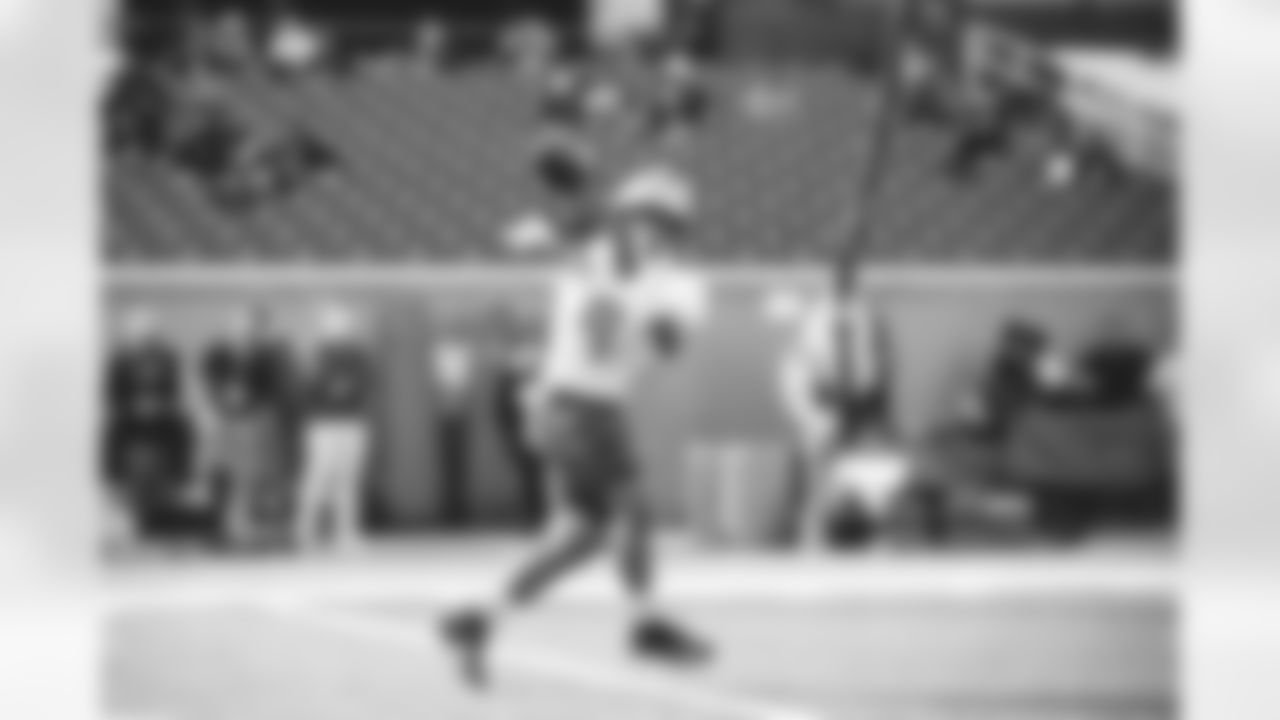MOBILE, Ala. — The Panthers realized a year ago from watching Senior Bowl practices that Jeremy Chinn could do a lot of different stuff.
So they let him. And then some.
And with the success of last year's safety-turned-linebacker-turned-who-knows-what-in-the-future, they've broadened the way they think about the roles players might play for their defense, and how they might expand on that success.
Head coach Matt Rhule said his eyes were opened when they looked back at practice tape of one-on-one drills last year and saw the tall, lanky small-school safety line up at cornerback.
"He wasn't even a corner, he just loved to compete," Rhule said of Chinn. "You see him playing bump-and-run against guys from all over, and it reinforces what a great player he is."
Of course, it's not that Chinn just arrived as a fully functioning hybrid player. It took many hours of training to get him to the point of being an impact player as a rookie.
Defensive run game coordinator Al Holcomb was effectively his personal coach, working Chinn through the transition and finding out as they went how much he was capable of. That turned out to be quite a bit.
"Working with Jeremy this past year was a pleasure because of his attention to detail and all the things he was capable of retaining as a young football player," Holcomb said after Wednesday's Senior Bowl practice. "So you have to be careful, in terms of the person, and take the steps and not give them too much depending on how much they can handle.
"I think doing it in a setting like we did this past year helped Jeremy's growth this early in his career."
This week, Holcomb has another similar project on his hands, as the Panthers' staff is using LSU safety JaCoby Stevens as a linebacker in practice, in much the same way Chinn played last year.

Stevens was more of an in-the-box safety at LSU, with some skills that translate. They listed him at 230 pounds in college, but he weighed in at 216 earlier this week, a similarity in size that's hard to miss.
Holcomb said he hasn't had enough of a chance to dig deeply into Stevens' college tape, but word has gotten around.
"Some of the things we've talked about, things I've heard, maybe he could be a multiple position guy for us," Holcomb said.
That's not to say they're going to draft him — much less that he'll turn out as well as Chinn — but the effort to find movable pieces remains a priority.
In addition to Chinn's play, the Panthers found that defensive end Brian Burns could rush from many angles and alignments, so they tinkered more as the year went on. Defensive coordinator Phil Snow said late in the season that having a few multi-dimensional players made him think differently about how they might develop others along those lines.
Rhule mentioned a number of the long pass-rushers on his Senior Bowl roster, and trying to project which ones could carry more weight. The Panthers realized last year that Efe Obada was effective as an interior rusher, developing him into a guy who finished second on the team with 5.5 sacks.
But moving guys from spot to spot isn't new, and Holcomb's past experiences in Carolina have also given him some perspective on coaching such players.
He coached late-career Thomas Davis, who made the transition from safety to linebacker as well. (And Davis was a far more complete player as he aged.) Holcomb also watched tape from the University of Washington on Shaq Thompson, recalling games in which he lined up as a running back, in addition to linebacker and safety.
Of course, if great players made it easy for you to project them, it might be preferable.

"If you find a great one, and they're great at a specific thing, that's what you'd try to do," Holcomb said. "I mean, if there's a Luke Kuechly sitting in front of us, we have to take Luke Kuechly."
But those kinds of players are rare, so improvising might be part of what they have to do.
The law of supply and demand kicks in at a certain point, as college offenses dictate the way teams try to defend them. So with more schools spreading the field, there are more players with coverage abilities than there might be three-down linebackers who can thump against the run and drop and cover a tight end with equal success.
"We may be looking for a certain type of player, a certain body type, a certain skill set, just because of how the offensive game is more than anything," Holcomb said. "You've still got to stop the run, but it's a pass-first league. So you try to get as many athletic guys on the field as you can that can develop into pretty good run defenders, but who can cover running backs and tight ends."
Having guys who can do more than one thing helps in several ways, including game-day roster construction and depth.
But having players who can do a lot of things can also keep opponents guessing, which is part of the strategic challenge of the game.
"If we can coach 'em up, we can use them like chess pieces," Holcomb said. "The offense has to figure out, where is Brian Burns going to line up? Is he down, back? What's he doing? Is he on the left? Is he on the right? Where's Jeremy Chinn? . . .
"You want to find really good athletes, coach them up, and then shape your defensive system around them to highlight and accentuate the things they do really well and let their athleticism flow and go make plays."
The Chinn experiment has also changed the way the Panthers consider evaluations, and seeing players in Mobile gives them a chance to see what level a player's ceiling might be.
"In these settings, you can stretch these guys out and put them in different spots," Holcomb said. "You see what they can do, as opposed to just seeing some of the things they can't do from an evaluation standpoint."
The list of things Chinn couldn't do turned out to be quite short. So now they're taking a longer look at a number of players to see what else they might find.
View photos from the American team's second practice in Mobile, Ala.


